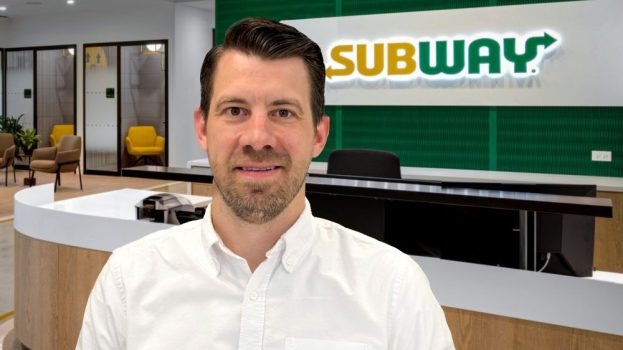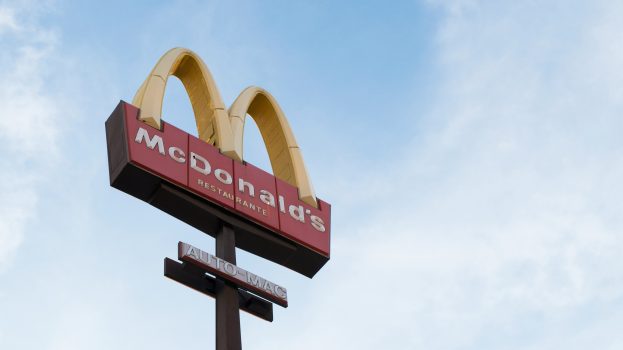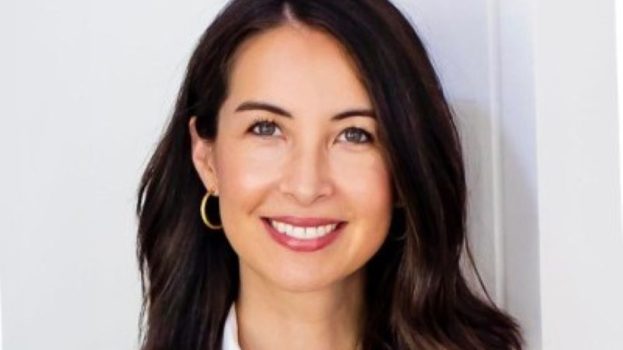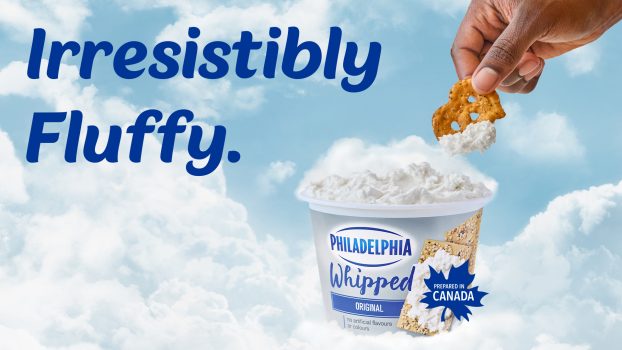
Consumer behaviour changes, propelled by lasting pandemic effects and economic uncertainty, are not new to any industry. But brands that pay attention are able to adjust to shifting interests and capitalize on new opportunities for growth. And the beauty and personal care (BPC) sector is no exception.
A newly released Mintel report on global beauty and personal care trends identifies and labels three consumer behaviour changes that are predicted to continue into 2024: “NeuroGlow” (the interconnectedness of mental wellbeing and physical appearance), “Beaut-AI” (personalizing the beauty industry and making it more efficient through artificial intelligence) and “Sophisticated Simplicity” (consumer demand for simple, high-quality products).
With growing consumer interest in prioritizing both mental and physical wellness, the “NeuroGlow” trend highlights the ways in which hair and skin appearance, for example, can be enhanced by simultaneously responding to psychological elements such as anxiety and stress. Psychodermatology – treatment that uses the connection between skin and psychological health – and neurocosmetics – regimens and products that take a holistic approach with regards to the relationship between mental and physical wellbeing – are gaining popularity with no evidence of slowing down.
With that said, brands that want to keep up with these social evolutions will have to understand the need for targeted personal care routines. These might include personalized supplement and skincare regimens, for example. Consumers, additionally, are more informed about the importance of mental health and how beauty and appearance are often not the solution to problems like depression and loneliness. Brands, of course, that don’t acknowledge this will begin to experience consumer mistrust, according to the report.
In fact, 70% of consumers in the U.S. are willing to pay more for beauty and personal care products that have mood-boosting effects.
The inclusion of artificial intelligence in the beauty industry has also begun providing significant and revolutionary advances in solutions and inclusivity. The “Beaut-AI” trend, as Mintel refers to it, highlights the ability of brands to become ever more nimble and address specific consumer needs through data – social media feedback, for instance.
The last trend, “Sophisticated Simplicity,” reveals an important pivot in the way that consumers are expecting to be catered to. More and more people are looking for products that focus on efficacy and functionality rather than flashy marketing campaigns or packaging. Sixty-six percent of U.S. beauty products consumers are happy to spend more money on high-quality offerings that are proven to work.
This trend suggests that ingredients that are viewed as first-rate along with products that are known to work and are simple to understand and use are what consumers will gravitate toward. People, it appears, need concrete results and transparency in order to spend their money. Answers to “What is in this product?” and “How will it benefit me?” are becoming more critical for brands who are interested in attracting and retaining their consumers. Scientific evidence that justifies brand claims to an increasingly informed consumer leads to confident purchases.
So when it comes to packaging, clean lines, muted colours and elegant aesthetics are the type of classic luxury that beauty enthusiasts are starting to look for. Long-lasting products that fit into an uncluttered and efficient beauty and personal care routine will be more attractive than a large selection.
This wave of minimalism works in favour of brands that are investing in innovation and eco-friendly practices, coming up with targeted beauty and personal care solutions through research and technology. Supporting consumers through ethical products, educational initiatives and personalized options will also build brand loyalty, says Mintel.
Marketers, naturally, will need to jump on these trends in order for their brands to make it in the new year.






















